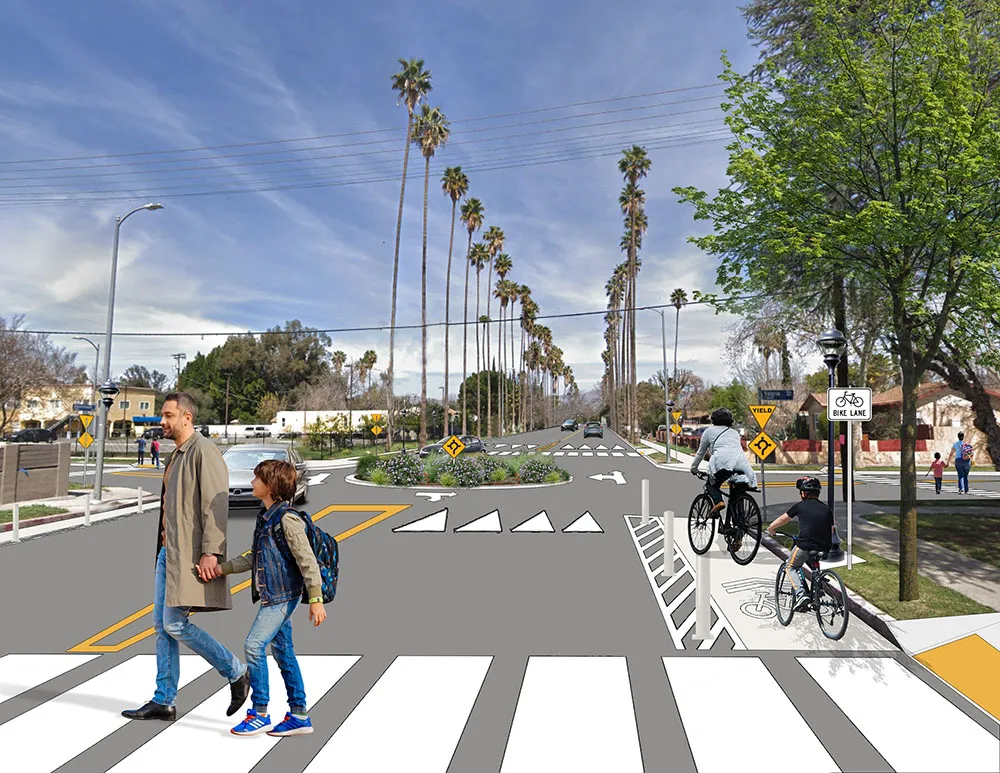Kelly Rodgers, Streetsmart executive director, says that the relationship between certain transportation strategies, such as traffic calming, and the company’s goals for communities, including improved safety and health, are documented in the research literature, but the information is not readily accessible to planners, engineers, elected officials and the communities they serve.
Rodgers adds that the interactive web-based tool helps these relationships use the evidence available to make generally inaccessible data more actionable.
ITE will help non-profit the organisation Streetsmart with the review and translation of research results, form and support potential user focus groups, recruit pilot agencies and manage pilot projects and support applications for funding.
ITE assists Streetsmart to develop evidence-based transportation tool
The Institute of Transportation Engineers (ITE) has signed a memorandum of understanding with Oregon-based Streetsmart to develop an evidence-based transportation tool that aims to improve the integration of a range of environmental and livability concerns into into engineering practice.
May 2, 2018
Read time: 1 min
The 5667 Institute of Transportation Engineers (ITE) has signed a memorandum of understanding with Oregon-based 4800 Streetsmart to develop an evidence-based transportation tool that aims to improve the integration of a range of environmental and livability concerns into into engineering practice.










